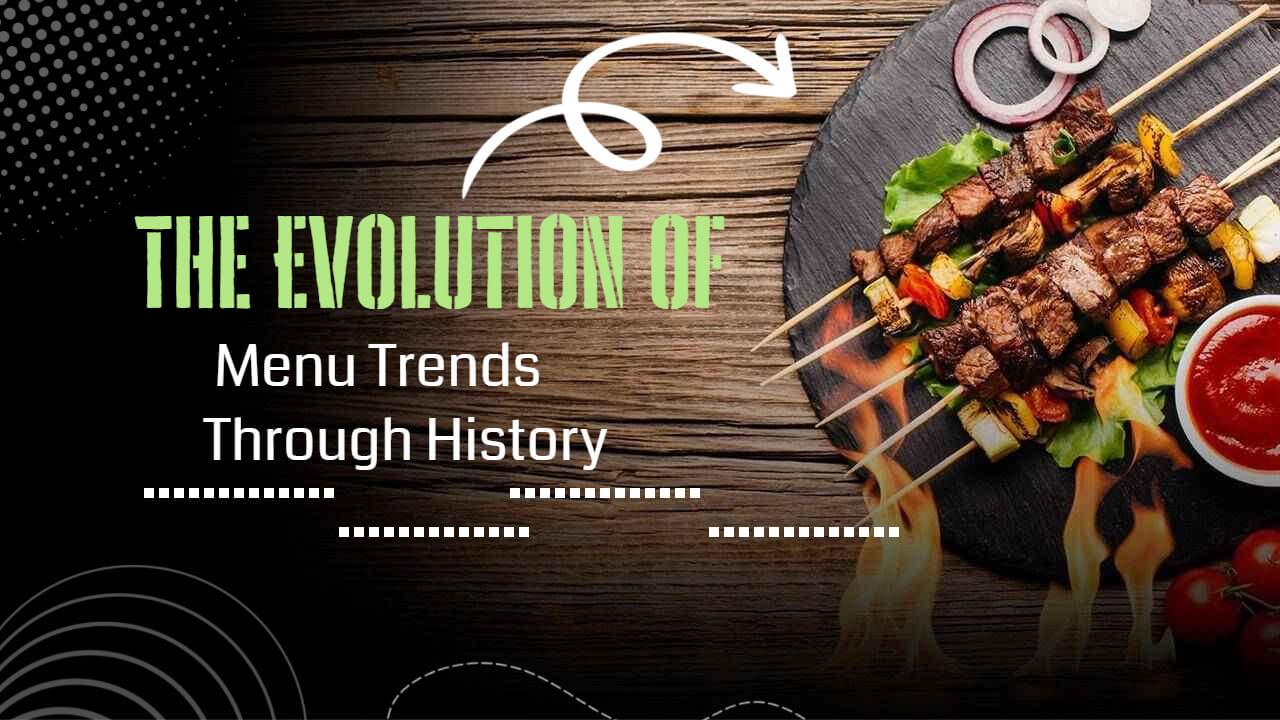The trajectory of menu trends has been a dynamic narrative, shifting and adapting across centuries to accommodate societal, cultural, and economic changes. Delving into the annals of culinary history unveils a captivating journey, where menus have evolved from simple listings of available dishes to strategic, sensory experiences curated to captivate and entice.
Ancient Origins: Culinary Offerings in Early Societies
In ancient civilizations, menus primarily comprised elemental sustenance, documenting the available provisions rather than an artistic rendition of dishes. Mesopotamian clay tablets, dating back to 2,000 BC, contained lists of available items, reflecting the limited diversity in offerings during those times.
Medieval Era: Feasts and Fasts
The Middle Ages ushered in a period of contrast in menu designs evolution. Nobility savored elaborate feasts featuring a myriad of dishes, while commoners adhered to simpler fare dictated by seasonal availability. Menus of this era were written in Old French or Latin, presenting a hierarchical structure with multiple courses, denoting societal status.
Renaissance Revival: Fusion of Art and Cuisine
The Renaissance era witnessed a remarkable shift in menu trends. The emergence of printed menus and the integration of culinary arts with aesthetic refinement marked this period. Italian influences burgeoned, leading to the proliferation of varied tastes and exotic ingredients across Europe.
Industrial Revolution: Culinary Industrialization
With the onset of the Industrial Revolution, menus underwent a paradigm shift. Urbanization and technological advancements revolutionized food production, enabling widespread access to diverse ingredients. Restaurants evolved, catering to a burgeoning middle class seeking varied gastronomic experiences.
Modern Era: Fusion Cuisine and Globalization
In the contemporary landscape, menu evolution transcends geographical boundaries. The fusion of culinary traditions from diverse cultures has birthed a global gastronomic tapestry. Menus have become canvases for creativity, offering eclectic fusions and innovative presentations.
Digital Age: Menu Transformation in the Technological Realm
The advent of the digital age propelled menu evolution into a new dimension. Online menus, mobile applications, and digital platforms revolutionized the way patrons engage with culinary offerings. Interactive menus, complete with vivid visuals and interactive elements, have become the norm, enhancing the dining experience.
Future Trends: Anticipating Culinary Transformations
As we gaze into the culinary horizon, several trends hint at future menu evolution. From sustainability-driven menus emphasizing local produce to personalized AI-curated offerings, the future promises an exciting blend of tradition and innovation.
Make a Restaurant Menu – With Easy-to-Use Menu Creator
Specialized Menus: Dietary Preferences and Culinary Diversity
An emerging trend in modern menus is the focus on specialized diets. From gluten-free and vegan options to tailored menus catering to specific health conditions, restaurants are adapting to diverse dietary needs, offering inclusivity and a broader culinary experience.
Environmental Impact: Sustainable Menus for a Greener Future
With a heightened awareness of environmental issues, menus are undergoing an eco-conscious shift. Restaurants are emphasizing sustainability by sourcing locally, reducing food waste, and adopting eco-friendly practices, aligning culinary delights with planetary well-being.
Conclusion: The Ongoing Metamorphosis of Menus
The evolution of menu trends stands as a testament to the ever-changing landscape of human civilization. From rudimentary listings to immersive gastronomic experiences, menus have mirrored societal progression and cultural amalgamation. As we navigate the culinary landscape, the journey of menus continues, promising further innovation and diversity.



